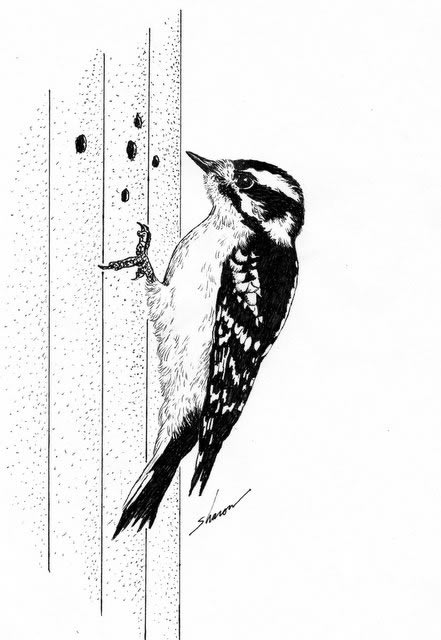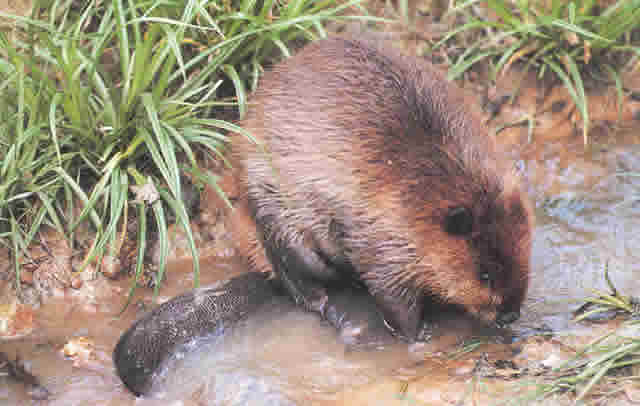I almost fell out of my roost this morning, I was so excited that the weather was warm and I was sure no one would be thinking about pigeon trapping. It had been a long and tough winter. The harsh weather kept most humans from coming out into the park and playground to play, much less to feed us with delicious stale bread or hearty bird seed. We were left to fend for ourselves, like some sort of wild animals, scavenging and scraping by.
Fortunately, the nearby businesses provided plenty of warm and safe places to roost. Some of us had found a hole just large enough to get into the warm attic-like space in one office building. We’d left a lot of droppings everywhere, and some of the snowmelt had mixed with our guano. It was starting to corrode some of the joists. Some people from the building got wise to us, though, and put out pigeon traps, but they didn’t follow through and so we ended up spending the rest of the winter in there.
But, today, was beautiful and sunny and just warm enough to get people outside. I flew down with some of the others to see if the people left scraps behind their picnic lunches, or even better, if anyone had bread or birdseed to toss to us. I was not disappointed!
Children were squealing with delight as they played on the playground, their parents oblivious (or perhaps choosing to look the other way) to the pigeon droppings smattered around on the slides, swings and crawlspaces. Adults talked and clearly enjoyed the excellent weather. All humans were in excellent moods, and not a single one of them even considered pigeon trapping. On the contrary, some of them had planned ahead and brought bird seed with them to share their good fortune with us birds.
It was agonizingly slow, sometimes, though. We’d have to wait and wait for a tiny handful of seed to be tossed around, and then fight and squabble with each other over each morsel. I was getting fed up, so to speak. I just wanted to gobble up my share, fill my stomach for the first time in months. Finally, it dawned on me what I had to do, and I was frankly surprised no one else had thought of it.
I waited for the perfect moment, and then, finally, it happened. One of the women with a large bag of birdseed looked away for a moment. A moment was all I needed. A blur, I flew up just high enough and landed right inside the bag! No other bird could fit in there, and I had all the seed my stomach could hold, all to myself! Oh, the joy! Ha ha! I had been afraid the woman would drop the bag in surprise and ruin my plans, but the weather was so nice that she had to laugh with surprise and joy. Ah, this was the best kind of pigeon trapping I could have imagined. All the food I wanted, a happy human, and an exit whenever I felt like leaving.




